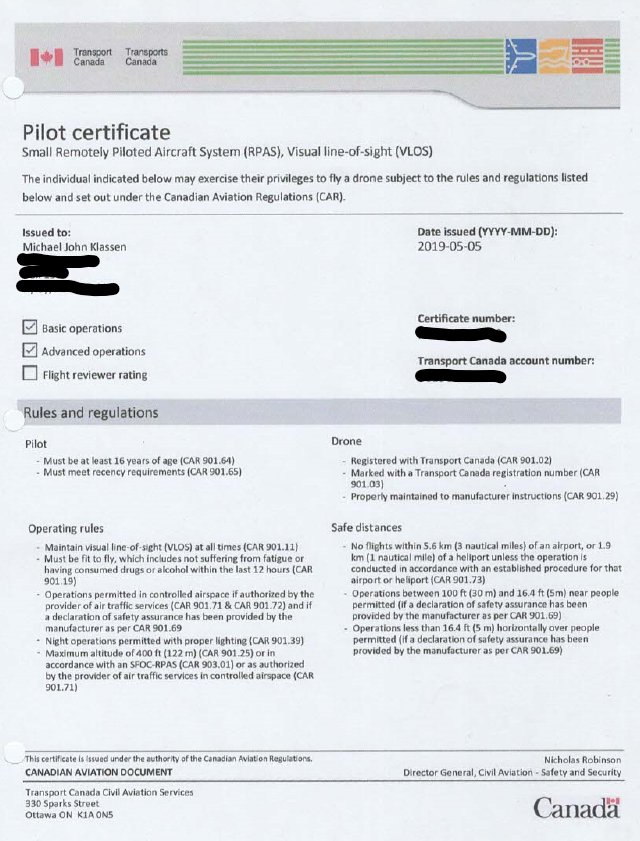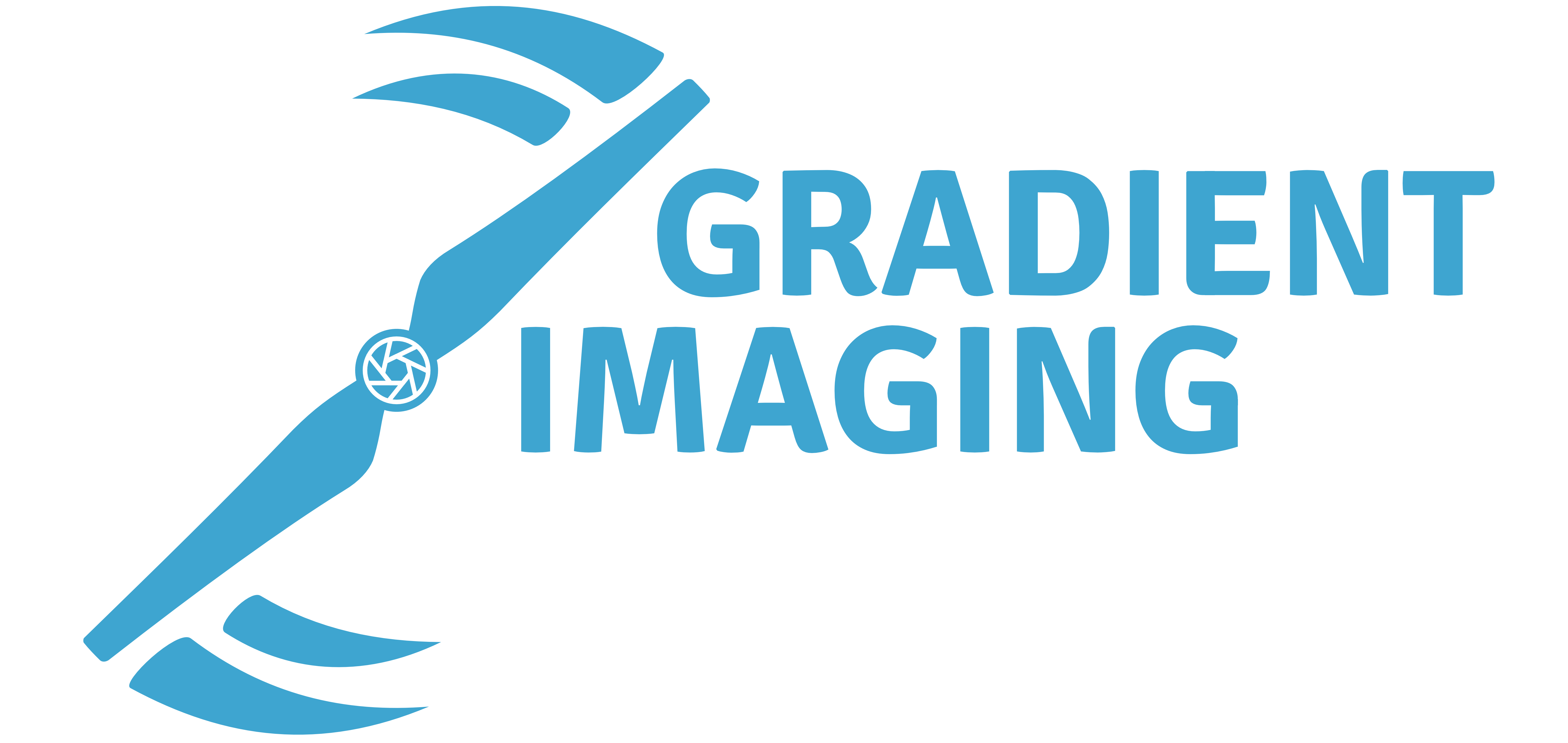So, I got a question the other day about the knowledge requirements for the basic licence in Canada. Now, they were not clear as to whether they wanted what was on the test or what they need to know in the field, so I will cover a lot of the stuff both on the test and in the field.
As a quick disclaimer, I will not give you any of the questions that are on the test but I am hoping to provide you with a few of the answers. You will need to figure out which questions they are for on your own.
This article is only going to cover the rules for basic operations, I will not be talking about sub-250-gram drones, I covered that already I will also not be covering any of the advanced operation knowledge requirements.
The first question that needs to be answered is do I even need a licence for my drone? If it’s over 250 grams, yes.
Do you need a basic license or an Advanced license? If you are flying in uncontrolled airspace, more than 30 meters and not over bystanders, more than 3 nautical miles from an airport and more than 1 nautical mile from a heliport you will need a basic licence. This is an inclusive list, if you are flying over bystanders, nowhere near an airport or heliport and in uncontrolled airspace, you need an advanced licence.
The things they will ask you on the test include air law and traffic rules and procedures. On the basic exam, there will be almost nothing about flying in controlled airspace but you may still be asked to define terms and some airspace basic knowledge. You will also need to be able to define terms like day, night and VFR. There could be questions about indoor and underground operations as well, which you do not need a licence for. You may also need to know whether or not you are allowed to carry weapons on your drone, just so you know the answer is no. You will need to know who can request to see your licence and drone registration and no it’s not just anyone that can ask for it.
There could be a question on the exam about whether or not you are able to cross international borders with your drone, once again the answer is no. There will also be questions about human factors like the effects of a hangover on the RPAS pilot, the effects of heat and cold and factors that interfere with effective decision-making.
There will also be a section on meteorology, just basic stuff like surface conditions, clouds and fog. They may also cover things like mechanical turbulence, turbulence around large objects and wind shear. There is also a possibility that you might be required to convert from UTC to local time.

By this point, I’m pretty sure there are some people freaking out, but all the information you will need is laid out in the Canadian Aviation Regulations. Transport Canada does suggest that you enroll in a flight school and if you are very unsure whether or not you can study enough on your own, I recommend it as well. Rest assured though, the basic exam is only 35 questions and you have an hour and a half to answer them and the passing mark is only sixty-five percent.
Once you have passed your exam you will get an email with your pilot’s licence, which looks a lot like this. Obviously redacted so you can’t cheat the system on my licence. Now, you can go fly legally in Canada.
So, I will quickly go over some of the things that you will need to know while you are out in the wide world actually flying your drone. First off, Nav Canada has released an app, that actually works pretty well, there are a few things about it that I don’t like but that’s the same with every app that is on my phone. You add your pilot’s licence number and your drone or drones and registration numbers to the app and when you are out flying you can check if you are able to fly your drone there. It’s called NAV Drone and is available for Android and IOS as well as online.
The basic things you will need to know while you are out flying are covered in your drone owner’s manual. Things like temperature and wind speeds that you can fly in, control distances and speed of your RPAS. As a responsible drone pilot, Canadian law requires you to stay within the manufactures specifications. So, let’s say the maximum wind speed of your drone is 25 kilometres per hour, you are not legally allowed to fly if the wind speed is 26 kilometres per hour. I would also take some time and set maximum flight altitude and control distances on your drone just so that you don’t have to think about it as much while you are flying. The maximum altitude for a drone in Canada is 122 metres or 400 feet, which is for sub-250-gram drones, basic licences and advanced licences.
You picked a nice spot to fly, you have done all your checks for airspace, people, whether or not it’s a national or provincial park or a “no drone zone” and everything checks out. You will need to prep your drone for flight, do all your pre-checks, take off and enjoy the views. I would go more into depth on this but there are so many different drones out there that this video would be hours long if I went over each drone. So, before you throw away your manual, give it a quick read-over and learn how to do all the things that your drone is capable of. If you think that maybe one day you might want your advanced licence, I would strongly recommend that you keep your drone owner’s manual, it will become a part of your operation manual.
